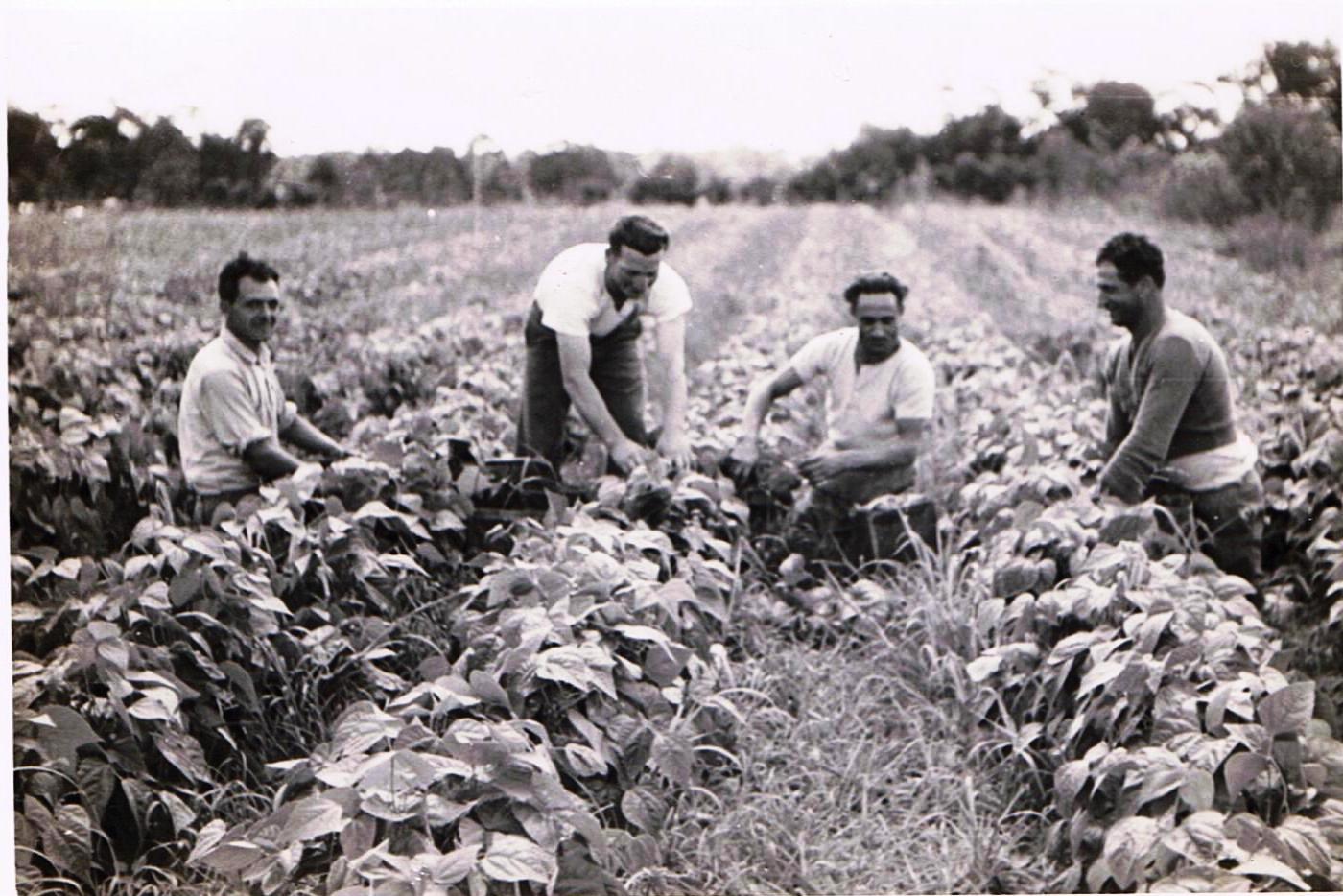Rossmore was officially gazetted on 7 April 1972. Originally called Cabramatta, Rossmore is one of the oldest agricultural districts in NSW. Rossmore is shared between the Liverpool and Camden LGAs.
Colonial Land Grants
In the early days of European settlement, the land comprising present-day Rossmore was mainly owned by Robert Bell. Bell had been given a grant of 130 hectares and had purchased another 11 small lots. Bell called his land Bellfield.
Bell’s land covered the area from Bellfield Avenue to Rossmore Avenue and from Wianamatta-South Creek to King Street. He also owned some blocks between Rossmore Avenue and Bringelly Road. The area was at that time called Cabramatta, and the land purchased by Bell was intended to be the village of Cabramatta.
The current area known as Cabramatta was not named until the railway went through in 1856. To avoid confusion after that, the name Rossmore began to be used for the area of the present suburb.
The land comprising today’s Rossmore had been used for horse studs before 1810, and many of the settlers were Irish. One of the studs is believed to have been called Rossmoor, possibly after a famous stud in Ireland called Rossmoor Lodge.
The Rossmore Farms Estate was offered for sale around the turn of the 19th century by Arthur Rickard and Co. Maps show it included the properties that had previously belonged to Robert Bell (Bellfield) and Sophia (nee Allan) Tyre who had named her 200 hectare farm Glen Allan.
Market Gardens
From the earliest years of the colony, convict migrants worked in Liverpool to provide Sydney’s food bowl. During the 1890s, many large estates were divided and several Italian families already living in Liverpool, and other migrants such as the Chinese, took over these small blocks of land and grew fruit and vegetables. Profits were marginal and often small acreages like those at Hoxton Park were managed by women, while their men worked in the city.
The location of market gardens in Liverpool has changed over the years. They moved west as rural land, in places like Casula and Green Valley, was claimed for housing during the 1960s and 1970s. Today market gardens can still be found in the suburbs of Bringelly, Rossmore and Austral. A wide variety of fresh vegetables, herbs, fruit and flowers are grown to supply Sydney’s markets and multicultural cuisine.

Workers in a kitchen garden field, Rossmore, circa 1960
Waves of immigration have shaped Liverpool’s market gardens and the produce grown. In 1955 there were many migrants from Croatia, in 1966 from Germany, in 1976 from Malta and Lebanon, in 1988 from Vietnam and throughout the twentieth century from China and Italy.
Horticulture is a skill many migrants bring from their homeland and the range of produce is a tribute to migrant innovation and adaptability. It does not require language skills and therefore provides employment for many who cannot, or have not yet learned English. Work on the land often involves the whole family.
Notable Buildings
Holy Innocents Church
The foundation stone of Holy Innocents Church, Rossmore, was laid on 28 December 1848 (Holy Innocents Day). The church was consecrated in 1850, free of debt. The church is situated on property granted to Robert Bell and was designed by Richard Cromwell Carpenter and Edmund Blacket. It was added to the NSW State Heritage Register on 24 August 2018.
Wat Ketanak Khmer Kampuchea Krom (Buddhist temple)
42 Wynyard Avenue, Rossmore
This temple is isolated from urban life as a place of retreat. The setting, amongst gum forest, exotic flowering plants, the creek and footbridge offers tranquility and inspiration.
A group of Kampucheans living in Sydney bought this site in 1998. This group comes from a Khmer region in South Vietnam which is still linguistically and culturally distinct, despite being annexed two or three hundred years ago.
The community imported a 3 tonne golden Buddha, cast in Bangkok, Thailand in 1999 and set it under the shelter of a pagoda. There is prayer hall and Monks live on-site in an adjacent cottage.
A temple is not only a place to understand and pay respect to the teaching of the Buddha, but also a community meeting place and links visitors to the Khmer culture.
There are 8, 000 or more Buddhists in the Liverpool area. Not only Kampucheans but people from Vietnam, Sri Lanka, Laos, Thailand, Myanmar and India, who also follow the Theravada Buddhist tradition, visit the temple.
See something missing?
You know your suburb better than anyone. If you think an important part of your suburb’s history is missing, whether recent or distant, reach out to the Local Studies Team through our online Local and Family History enquiry form. We are always looking for new ways to bring the vibrant history of Liverpool to life!
